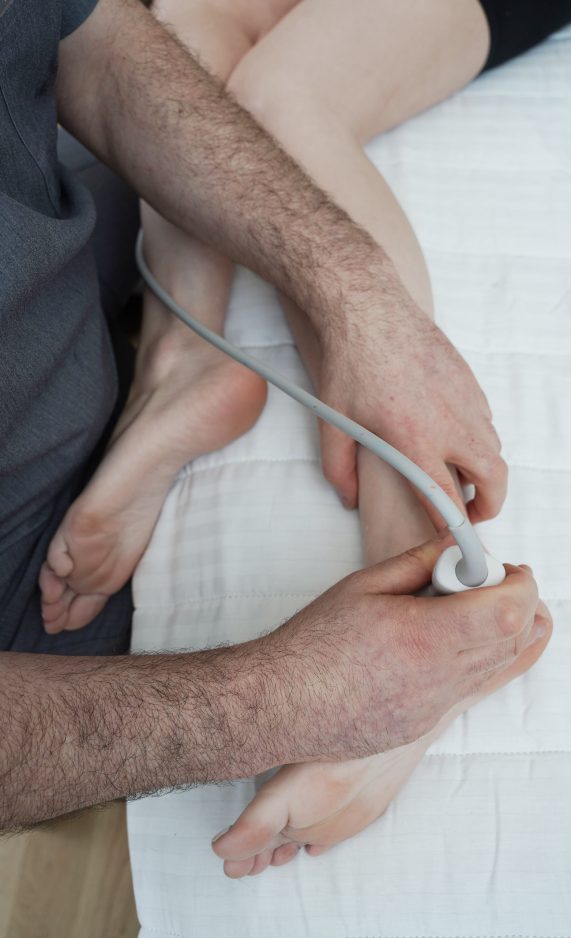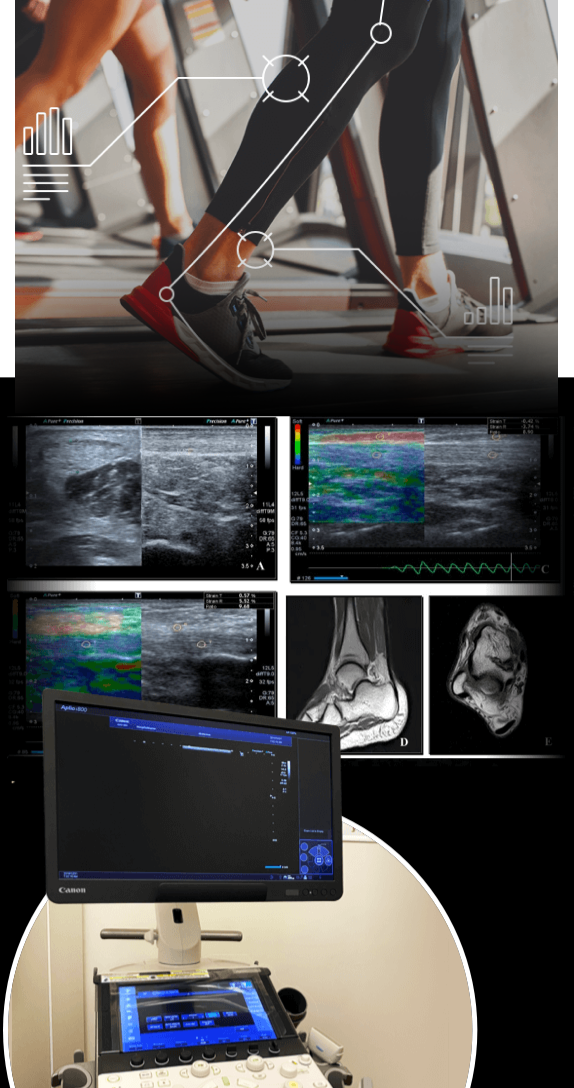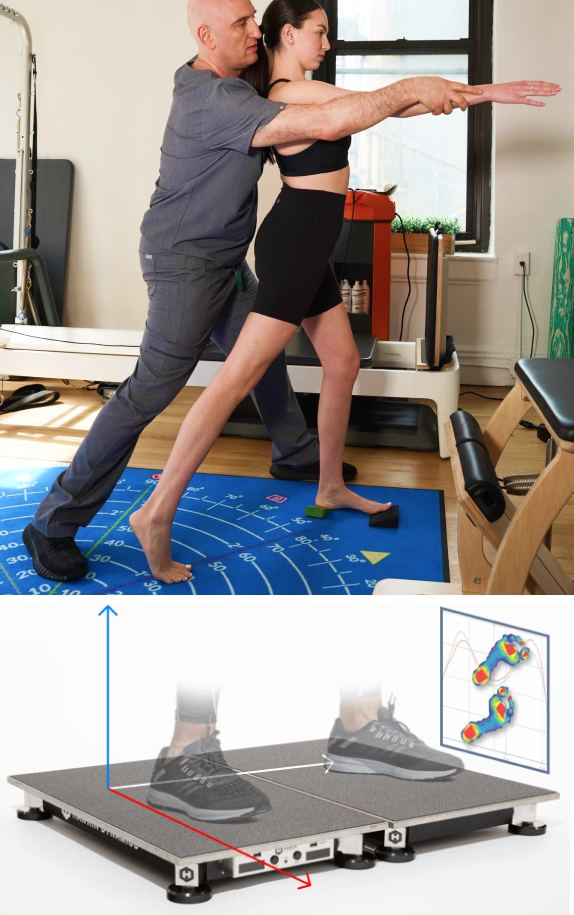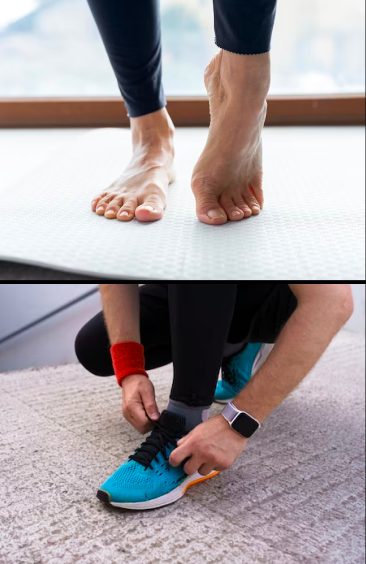How We Diagnose Your Podiatry Condition
Mainstream podiatrists rely on XRay imaging to diagnose foot conditions. Unfortunately, XRay does not provide much insight into foot mechanics, nerve entrapment and other issues that are most often the cause of foot pain. Consequently, patients end up being underdiagnosed or misdiagnosed, and are given generic treatment protocols that do not resolve their problem.
At NYDNRehab, our high resolution diagnostic ultrasound equipment gives us crystal-clear images of the structures of the foot in real time, with the foot in motion. This allows us to visualize how the structures of the foot interact, and to compare the injured foot to its uninjured counterpart. Ultrasound lets us scan long bodies like bones, nerves and muscles along their entire path, in motion, to detect mechanical anomalies that contribute to foot pain and dysfunction.
In addition to ultrasound imaging, we conduct a 3D gait analysis, to measure multiple movement parameters like joint angles, weight distribution, muscle firing patterns and other factors that determine the efficiency of walking and/or running gait. Our high-tech equipment enables us to measure gait in the transverse plane, where most gait injuries occur. With hard data in hand, we are able to establish a baseline and monitor the effectiveness of your treatment plan, to ensure that progress is being made and healing is taking place.
We also conduct a biomechanical analysis of your foot and lower kinetic chain, to observe how your structures interact. We have found that foot pain often arises from mechanical issues farther up the kinetic chain, and pain won’t go away until other issues are addressed.







































